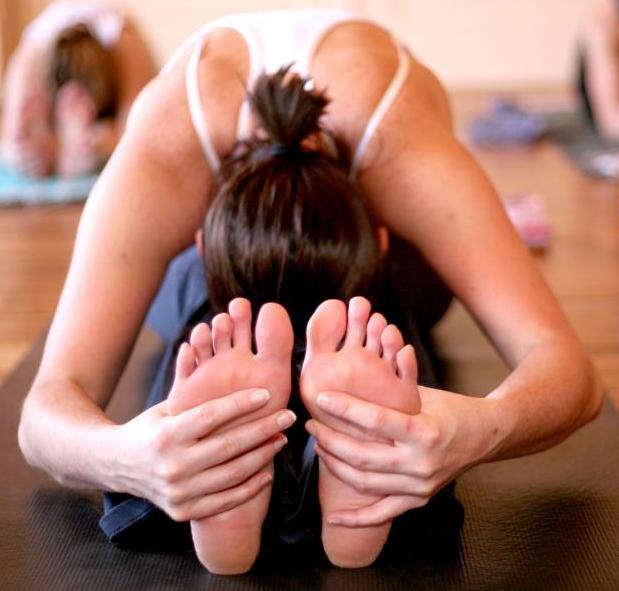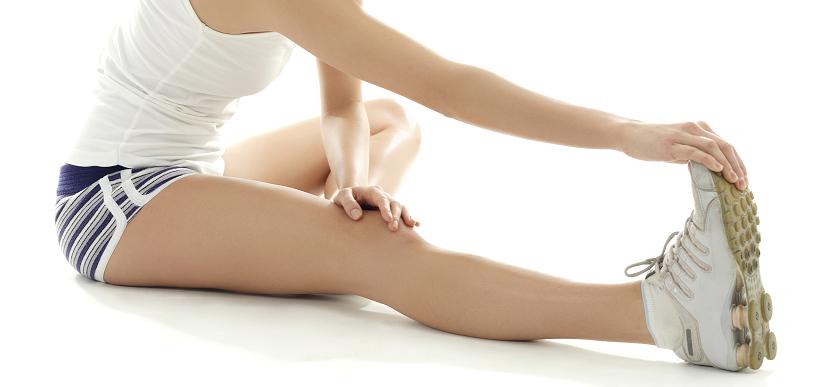For anyone who is health conscious, stretching is a wonderful way to get in touch with your body. Whether it’s the long, fluid stretches of a mindful yoga session, or the break from an intensive cardio or weights program – stretching is an important for your body’s health and wellbeing.
Here are some do’s and don’ts for these catlike actions. Even if you don’t have a fitness routine, incorporate these tips into your daily routine. Your muscles will thank you for it!

Do stretch warm muscles
There is no need to stretch at the beginning of a workout, but there is at the end – or at a warm spot in the middle! You’ll notice that if you’re in a yoga class, you start off with relaxation, breathing and work your way up to longer and wider stretches… little by little. If you’re going for a run, you may warm up for 10 minutes and then stop to stretch out before continuing to run. Remembering always to stretch at the end of any workout.
Don’t skip a stretch
When you work out lactic acid is released, this is what causes your muscles to feel tight and sore the following day. When you stretch, this helps to remove the lactic acid and promotes longer, more flexible muscles. It is from tight muscles that many injuries occur, which is definitely what we want to avoid.

Do keep it balanced
If you’re working out your right side, then work out your left as well – always remembering to stretch a particular muscle group after you’ve finished that section of your routine. If you have, for example, a tight hamstring on your right, then that will pull on your pelvis and can affect the alignment of your back – it’s all connected, remember! Developing strong, balanced muscles is what we’re aiming for here.
Don’t stop moving
If your muscles are sore, they are in need of a stretch. When you have a tight neck muscle, for example, the tendency is to not move your neck (because it hurts!). This is exactly the opposite of what you should be doing. If you can slowly warm up your neck muscles by making small rotations with your head, then your muscles will become looser and more flexible. This requires long, deep inhalations to get you through that initial pain – but ultimately you will end up with the result you want: reduced tension and pain.

Do listen to your body
If a certain stretch or position is too difficult or painful, don’t force yourself to do it. Breathing can be helpful to get you through the pain, but if it’s too much then try taking a hot shower or soaking in a hot bath to literally warm up your muscles. Providing you don’t slip on the bathmat, doing stretches straight after a shower or bath can be the easiest for your body. Just watch your blood pressure, which can be low after the warm environment – you don’t want to go head-first into the tiles on a deep bend!
Try working stretching into your daily routine. Whether you’re a fitness fanatic or just want to improve your overall flexibility and wellbeing, reach for the stretch.

Leave a Reply